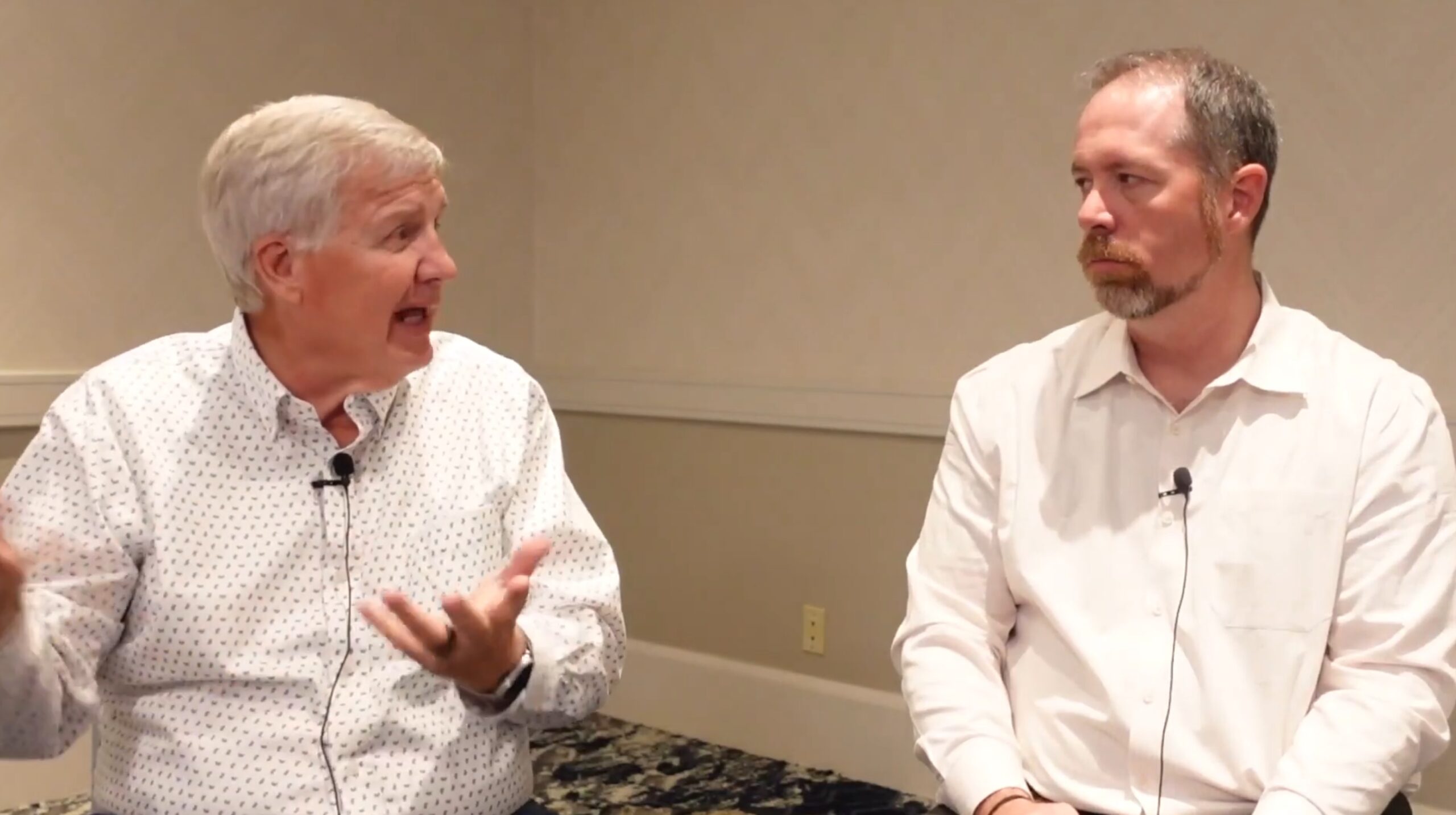When delivering presentations, people often resort to slide decks, and PowerPoint, and to be fair, these tools communicate ideas and information reasonably well, but what catches on more is a presentation that tells a thought-provoking story worthy of a broader audience.
Managing Director of Wireless LAN Professionals, and many years a Field Day delegate, Keith Parsons, puts together a simple set of rules from his experience of watching hundreds of discourses and talks on the job, that can take presentations from being middling to killer.
Breaking Down the Art
Crafting a technical talk comes with the pressures of coming off as a specialist. But the secret is not to overprepare. Instead, putting some thought into the topic goes a long way to show that one is passionate, says Parsons at a Tech Talk while attending the Mobility Field Day event in California.
The best presentations are often the ones that aim to provide a solution to a real-world problem that is relatable to the audience. What makes it compelling is the speaker’s first-hand experience with it.
To highlight the effectivity of a product, tech talk speakers tend to elaborate on the problem overmuch at the cost of overlooking the conclusion. Glossing up the problem when you can garner so much more attention with the result is just a waste of time, says Parsons.
There is a simple formula to avoid this. You’ll notice this with all good technical presentations – a bottom-up approach.
The format is the real hook, says Parsons. “Turn it backwards. Don’t build up to a conclusion.”
To put it simply, the conclusion should be the lede of the presentation, not the problem. The only thing that the audience expects to hear through the course of a presentation – and that the speaker should work on getting right – is the solution. So, if a speaker must bring one thing with them, it is answers.
But getting to the solution is where the real work lies. Parsons recommends speakers to get hands-on with the problem, run experiments, and bring the data to the presentations. If one circumvents this steps, the audience can tell.

How to Tell a Visual Story
Between oral and visual talks, is one better than the other? “Graphics can support what the premise is,” says Parsons. But it’s equally important to not go overboard. Keep the slides to few, and make them visually clean, Parsons advises.
As for the type of graphics, that depends on the audience. Use stats and charts if you must, but pick them based on your audiences’ preference, Parsons says. A visually dynamic slide does not overuse bullets or graphics. As a result, it affords the speaker time to augment the information while giving the audience a chance to read it on the fly. Chances are that the audience will read the slide ahead of the presenter, and if it is too descriptive, they will no longer be interested in the explanation.
Brevity Is Not Lack of Clarity
A good talk is one that is compact, snappy and short. In order to achieve that, speakers must condense information and most importantly, avoid fluff. And that starts with avoiding overexplaining. The audience may already know a lot of it, and there’s no harm in assuming that.
A technical presentation does not need to be educational to that degree, Parsons says. A short presentation is not for that purpose. If somethings go unaddressed, it gives the audience a chance to follow up with questions. Make sure you give them the time for a Q&A before wrapping up.
Wrapping Up
There are two key takeaways here. A presentation must have a structure, and one that starts with the conclusion is an easy winner. Follow-up questions are welcome over a dry response. As a presenter, the one thing that you absolutely don’t want is to give a talk that falls flat with the audience. So remember to keep it real and personal.
The Wireless LAN Professionals publishes all presentations on their YouTube for public viewing. If you are preparing for a talk or working on sharpening your pitch, Parsons recommends studying the top 10 presentations on their WLP website. You can also dig into our Gestalt IT and Tech Field Day archives for samples of great presentations that have reached a broader audience. For more such Tech Talks, keep reading here at Gestalt IT.

